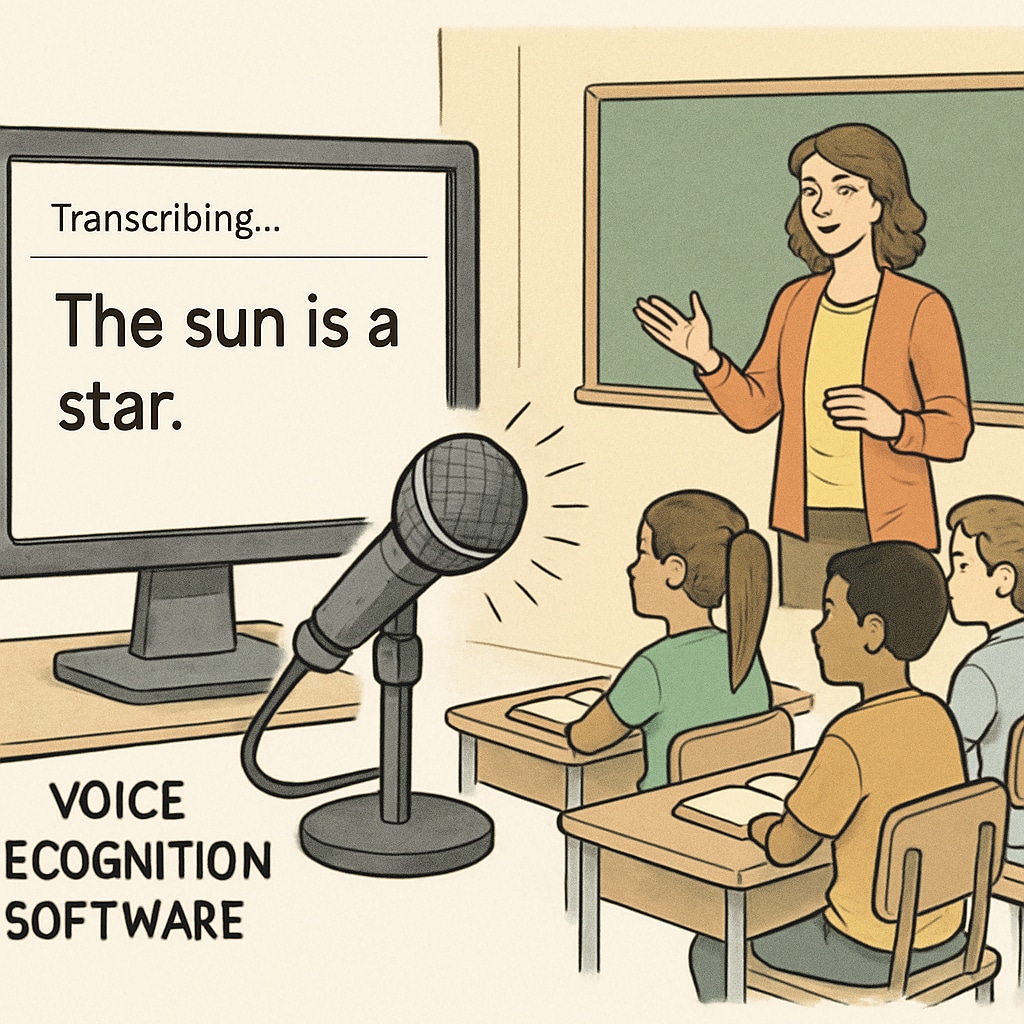In the demanding world of K12 education, teachers often find themselves juggling an overwhelming array of administrative tasks alongside the core responsibility of educating students. Voice-to-text technology has emerged as a powerful solution to address this challenge. By leveraging tools like WillowVoice, educators can streamline their workflows, reduce their workload, and focus more on impactful teaching interactions. This transformative technology not only enhances teaching efficiency but also contributes to the overall improvement of educational quality.

How Voice-to-Text Technology Simplifies Administrative Tasks
Administrative work, such as preparing lesson plans, grading assignments, and documenting classroom activities, can consume a significant amount of time for teachers. Voice-to-text tools allow educators to dictate notes, reports, and plans directly into digital formats. This eliminates the need for manual typing and speeds up repetitive tasks.
For example, teachers can use voice recognition software to quickly draft lesson plans while commuting or record student observations during class. Advanced tools like WillowVoice feature high accuracy rates and user-friendly interfaces, making them ideal for busy educators. As a result, teachers can reclaim hours of their day and dedicate that time to more meaningful tasks, such as engaging with students and personalizing learning experiences.
Boosting Teaching Efficiency Through Automation
Efficiency in teaching goes beyond managing administrative tasks. Voice-to-text technology enables teachers to automate various aspects of their workflow, enhancing productivity. For instance, educators can use these tools to create transcripts of classroom discussions or lectures, which can be shared with students for review or reference. This ensures that students have access to comprehensive learning materials without requiring additional effort from the teacher.
Moreover, voice-to-text systems can assist in real-time during classes by converting spoken words into text for interactive activities, such as brainstorming sessions or collaborative writing tasks. This fosters greater student participation while reducing the pressure on teachers to manually document every detail.

Transforming the Teacher-Student Dynamic
By reducing the administrative burden, voice-to-text technology enables educators to invest more time in building meaningful connections with their students. Teachers can focus on fostering creativity, addressing individual learning needs, and creating engaging lesson plans. This shift in focus enhances the overall classroom experience and contributes to improved learning outcomes.
Additionally, voice-to-text tools can be integrated with other educational technologies, such as learning management systems (LMS) and virtual classrooms. This integration allows teachers to streamline communication, track student progress, and provide timely feedback—all with just their voice.
Challenges and Opportunities
While voice-to-text technology offers numerous benefits, its implementation in K12 education does come with challenges. Teachers may need training to adapt to new tools, and schools must ensure the chosen software is reliable and secure. However, these challenges are outweighed by the opportunities to improve efficiency and reduce workload.
As voice recognition software continues to advance, its potential applications in education will expand. From language translation capabilities to assisting students with disabilities, the scope of voice-to-text technology is vast and promising.
Readability guidance: Using short paragraphs and lists to summarize key points ensures clarity. Incorporating examples and external resources enriches the content while maintaining focus on the topic.


